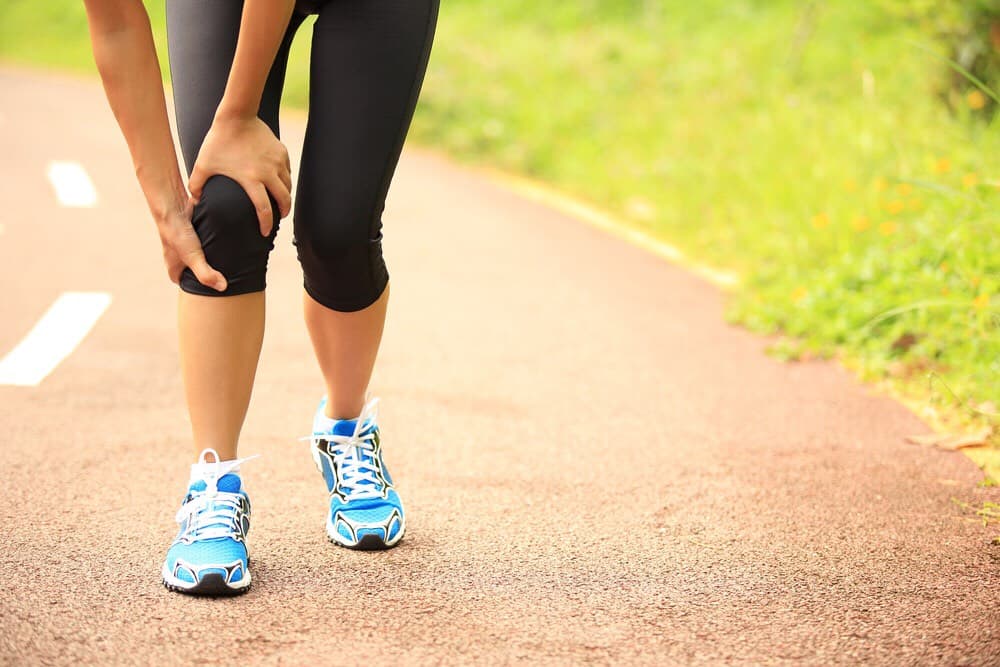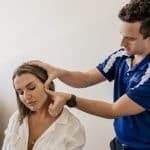Kids Netball Injuries

Proper warm up and warm down sessions can help to prevent some of the most common injuries such as achilles tendinopathy and jumpers knee.
GROWING PAINS
Sever’s Disease is when the growth plate in the heel of growing children becomes inflamed through repetitive stress during sports such as netball.
When the bone has finished growing the pain may subside but decreased activity is often advised. Physiotherapists can help with the pain of inflammation and give gentle exercises to help maintain alignment of the foot.
Core stability exercises are also essential to maintain the alignment of the lower body to reduce any undue stress on the heel.
Apart from tendinopathy and growth plate issues , ankle sprains are a common injury in netballers.
Ill fitting shoes , not enough warm up and poor strength and control can contribute to ankle sprains on the netball court.
Proper netball shoes and good balance can mean the difference between a season of injuries and no injuries. We get all of our netballers to go through a range of exercises to help improve their posture, balance and strength.
Simple exercises such as standing on one leg is a fantastic exercise to get kids to do without them thinking it is an exercise . See how long each player can stand on one leg.
Another disease associated with growing kids and common in netballers is Osgood Schlatters Disease.
This disease relates to the knee joints. Inflammation occurs in the tibial tuberosity which is at the top and front of the shin bone.
Again this happens when a child goes through a growth spurt.
The long bones grow at such a rate that causes the big muscles at the front of the leg become tight and they then pull on the attachment to the tibial tuberosity.
This can cause much pain and result in laying down of extra bone resulting in quite a large lump at the site.
Netballers can be prone to this as they perform a lot of stop/start activity as well as jumping.
A variation of this could be “Jumper’s knee ” which does not become “Ogood Schlatters Disease”.
The child may just develop inflammation at the attachment of the patella tendon to the tibial tuberosity because of the amount of jumping they do during the game.
GOOD SHOES ARE IMPORTANT
It is essential to wear good supportive and shock absorbing footwear to help minimise the risk of developing any of these knee issues.
There are patella tendon straps available that can help reduce the force on the attachment of the patella to the bone.
Those children who tend to be flat footed can also be more predisposed to knee issues as the foot is more mobile. When the foot is more mobile extra pressures can be placed on the knee.
Again it is essential to improve and maintain core strength and hip strength and balance to improve alignment throughout the hips , knees and ankles. Some children may require an orthotic advice in their shoes to help improve the alignment of their feet.
Other common injuries:
- Knee ligament injuries
The Medial Collateral Ligament (MCL) is located on the inside of the knee and can be strained during a fall or a blow to the outside of the knee.
These injuries respond well to physiotherapy treatment and do require knee strengthening exercises. The Anterior Cruciate ligament can also be injured, usually during twisting of the knee during play.
We tend to see more adults than children with Anterior Cruciate Ligament (ACL) luckily as a ruptured ACL requires extensive rehabilitation.
In conjunction with the ACL and MCL the Medial Meniscus may also be damaged.
The Medial Meniscus is part of the cartilage inside of the knee joint. Most children’s’ meniscal injuries can also be managed conservatively by your physiotherapist. If the tear is extensive your physiotherapist would refer you onto a Paediatric Orthopaedic surgeon.
- Finger injuries
Finger injuries are also a common netball injury as with any ball passing sport. An Xray should be performed to rule out any fractures if Rest, Ice, Elevation and compression has not alleviated the symptoms. Some fractures can be quite obvious so a visit to the doctor or emergency room is essential.
- Ankle sprains
Ankle sprains are a very common injury in netball. This is usually due to the fact that netballers are looking at the ball when they run and might misplace their foot when they land. It is important to have your ankle injury assessed in order to determine the extent of injury to the ankle and whether or not scans are required.
Recovery times depend on the extent of the injury, but it is important to strengthen the ankle before the player returns to netball. Strapping tape or ankle braces are usually required to help with ankle stability and avoid further injury.
Contact Graceville Physio for treatment of kids netball injuries
We pride ourselves in offering premium services for Netballers from individual children’s physiotherapy treatments of injuries to classes that prepare the child’s body for the sport of Netball. Contact Graceville Physio for different types of physiotherapy.
Our close proximity to the courts here in Graceville has enabled us to have 25 years in the treatment of netball injuries and through this, we have developed our kids strength and core classes to prepare kids for their chosen sport and to help rehabilitate post-injury. Get in touch today to book.


